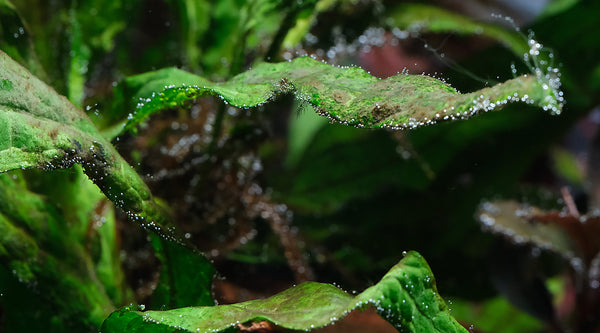Hi @Wookii...if they could swap out the white LED's they use for combination RGB chips (like those used by ADA, Chihiros, ONF etc) and keep the other red and blue chips they use to broaden the peaks in the red, green and blue sections of the spectrum, they could be onto a winner.
Thanks for the feedback.
One of the reasons I'm drawn to the LEDAquaristik lighting is their choice of LEDs emitting at 450nm and 660nm, which correspond to the peak responses of chlorophyll b and chlorophyll a, respectively. Plus, they do show the resulting spectra for these products. Alas, they don't provide PPF* figures. By contrast, I seem to remember that most Chihiros freshwater lighting in the red emits at 630nm. I suspect that many aquarium lighting manufacturers focus (pun intended!) on lighting aesthetics whilst compromising on healthy growth. And, there's also the potential for some wavelengths to promote Cyanobacteria (aka BGA) and BBA.
*PPF = Photosynthetic Photon Flux
JPC






